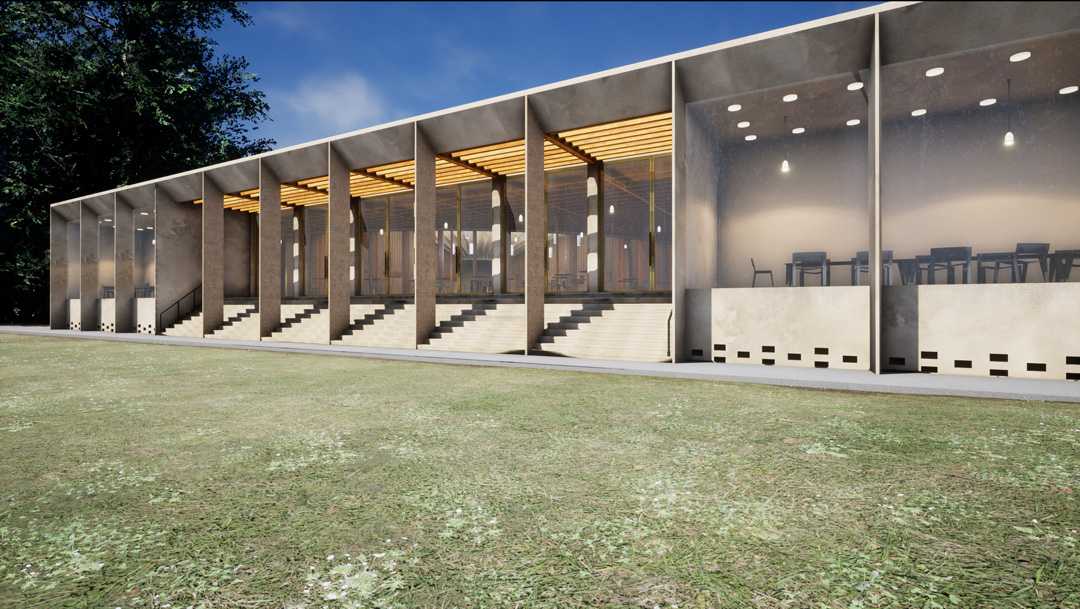TEC supplies tech for virtual awards celebration
- Details

Established in 2018, the first two editions of the Awards were celebrated at a live event involving around 150 delegates who enjoyed panel discussions as well as a presentation ceremony. The 2020 renewal was due to take place at the Sultan Nazrin Shah Centre at Worcester College, Oxford, but the prevalence of the COVID-19 pandemic rendered this impossible.
Supported by events organiser Michelle Miles of Fusion Events and Weddings, the university opted to stage a virtual event. The Innovation Awards of 2020 were to remain true to their name when Oxford-based event production specialists THAT Event Company (TEC) came onboard.
TEC’s brief was to create a fully virtual and interactive replacement for the live event. Following a pre-filmed introduction from the Vice Chancellor, the event would be placed into the hands of a moderator who would manage the guest speakers, panel discussion and question and answer session with the live audience. Following detailed consultation between the stakeholders to clarify and explain the possibilities in detail, TEC began to create a bespoke virtual package.
Whilst the event was filmed live at the King’s Centre, the aim was to faithfully recreate the Sultan Nazrin Shah Centre and its surrounding grounds as a virtual space, in order to remain as close to the ‘real’ event as possible. The King’s Centre is Oxford’s largest event space and an area within the building could be deployed for the filming under strict COVID guidelines.
Once the details were agreed and proposals accepted, TEC began constructing the event. The Sultan Nazrin Shah Centre was rendered in 3D using the dimensions of the building and available interior and exterior photographs.
Five TEC technicians assisted with the setup and supported the running of the event. The equipment comprised a single static camera, green screen and flooring, a high end graphics computer and lighting for the main presenter. This was supplemented by an LED monitor as a reference for the presenter, another LED monitor for the presenter’s interaction with the panellists calling in, and four show laptops to feed the four screens for the guest panellists calling in live. A simple audio setup consisting of mixing desk, lapel microphones and a monitor completed the picture with all AV distribution running over Cat 5.
Michelle Miles of Fusion Events and Weddings comments: “The process of moving to a virtual event was much simpler than I’d imagined. The TEC team was able to give us an excellent impression of what things would like well in advance. This was valuable in enabling us to get buy-in from the client at a very early stage, inspiring confidence and removing any doubts. On the day, the virtual event worked brilliantly.
James Walton of TEC adds: “The feedback we received from the organisers, guests and venue was all extremely positive and has led to a number of enquiries from the university about how we can utilise our virtual offering going forward. Whilst the Coronavirus pandemic was undoubtedly the primary reason for the choice of a virtual event on this occasion, it’s clear that the attraction of virtual or hybrid events is growing.”
















